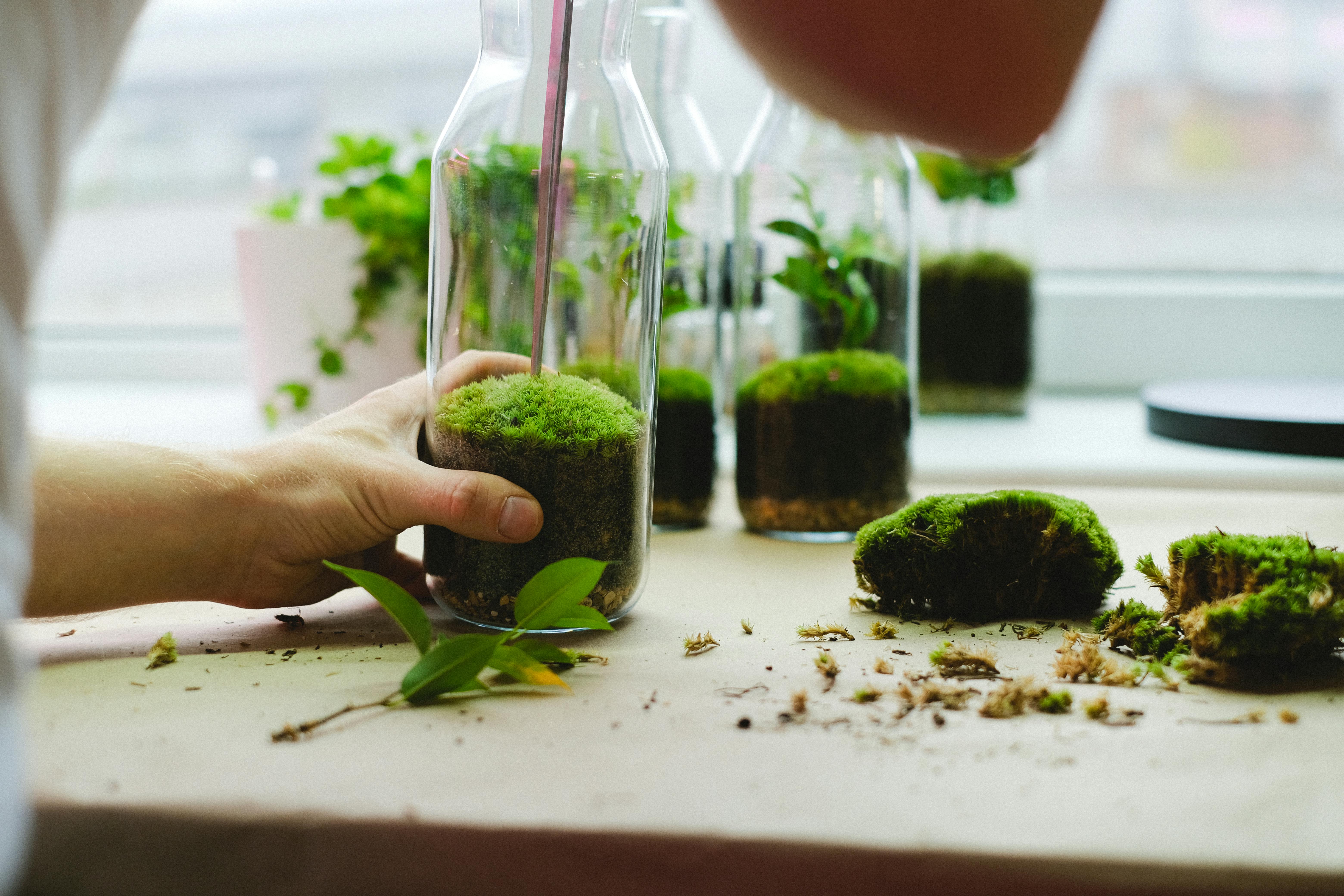How to Spot, Prevent, and Treat Problems in Your Jumping Spider
Jumping spiders are surprisingly hardy for something so tiny and fuzzy — but like all living creatures, they’re not invincible.
Poor husbandry, stress, bad molts, or even just bad luck can lead to health issues. The good news? Most problems are preventable, treatable, or at least manageable — especially if you catch them early.
This guide will help you:
- Recognize the signs of common problems
- Understand what causes them
- Take action before things get worse
🕵️♀️ Know What “Healthy” Looks Like
First, get familiar with what good health looks like in your jumper:
- ✅ Bright, alert eyes
- ✅ Active and responsive to movement
- ✅ Clean, round abdomen (not shriveled or swollen)
- ✅ Strong, coordinated walking and jumping
- ✅ Regular feeding and grooming
- ✅ Builds hammocks and explores enclosure
If your spider stops doing these things, something might be off.
🐢 Symptom: Lethargy / Inactivity
🔍 Possible Causes:
- Pre-molt (normal)
- Cold environment
- Dehydration
- Illness or stress
✅ What to Do:
- Check the temperature (aim for 21–27°C / 70–80°F)
- Lightly mist one side of the enclosure
- Don’t disturb if it’s near molt time
- Offer food after 2–3 days and observe reaction
🧠 Rule out pre-molt first — lethargy is a common sign.
💧 Symptom: Shriveled or Sunken Abdomen
🔍 Possible Causes:
- Dehydration
- Not eating
- Post-molt weakness
✅ What to Do:
- Mist enclosure wall (not the spider)
- Offer juicy prey (e.g. small waxworm or housefly)
- Keep enclosure out of direct sun or drafts
💡 A plump, rounded abdomen is a sign of hydration and health.
🕸️ Symptom: Stuck in a Molt
🔍 Possible Causes:
- Low humidity
- Stress or disturbance
- Weakness or poor nutrition
✅ What to Do:
- Mist near (not on) the spider — increase ambient humidity
- Leave undisturbed for several hours
- Do NOT try to manually pull off old skin unless you're highly experienced
- If alive but immobile after 24h, euthanasia may be the kindest option
⚠️ Prevent this by maintaining good humidity and avoiding handling near molt.
🦿 Symptom: Missing or Crippled Legs
🔍 Possible Causes:
- Bad molt
- Injury from prey or fall
✅ What to Do:
- Isolate from large or aggressive prey
- Reduce climbing risk (soft substrate during recovery)
- Continue normal care — the leg will regrow over next molts
🦿 Most spiders adapt well — even with multiple missing limbs.
🐞 Symptom: Mites or Tiny Crawling Pests
🔍 Possible Causes:
- Overly humid enclosure
- Unclean feeders
- Moldy substrate
✅ What to Do:
- Remove substrate and clean enclosure thoroughly
- Reduce misting temporarily
- Consider switching to paper towel until issue resolves
- Quarantine affected spider
🧼 Mites are more common in over-misted or poorly ventilated setups.
😬 Symptom: Refusing Food for 1+ Week
🔍 Possible Causes:
- Pre-molt (most likely)
- Temperature too cold
- Wrong prey type or size
- Illness or injury
✅ What to Do:
- Check temp (aim for 21–27°C)
- Offer smaller, more active prey (e.g. housefly)
- Try feeding at dusk or early morning
- Wait it out — pre-molt can last over a week
🔁 If your spider looks healthy and alert, it’s probably fine.
🦷 Symptom: Can’t Eat / Drops Prey
🔍 Possible Causes:
- Fangs still soft after molt
- Fang damage or injury
- Dehydration or internal illness
✅ What to Do:
- Wait 3–5 days after molt before offering food
- Try softer prey (waxworms, fly pupae)
- Monitor for activity — if it can’t eat after a week, it may decline quickly
⚠️ Fang damage is rare but can be fatal in small spiders.
🪦 Symptom: Death Curl
Legs tucked tightly under the body — the dreaded “death curl” — often means serious trouble or death.
🔍 Possible Causes:
- Extreme dehydration
- Sudden temperature drop
- Old age
- Natural death after molt
✅ What to Do:
- Mist nearby and observe for 1–2 hours
- If no movement, gently touch with a soft brush
- If confirmed dead, remove from enclosure
🕯️ Sometimes it’s just their time — jumpers live ~1–2 years on average.
🧪 Symptom: Fuzzy White Mold
🔍 Possible Causes:
- Over-misting
- Poor airflow
- Old prey remains
✅ What to Do:
- Remove moldy items immediately
- Increase ventilation
- Reduce misting frequency
- Clean substrate or switch to paper towel
🧼 Mold spores can harm your spider’s lungs — prevention is key.
🧠 Prevention: Your Best Medicine
🛡️ Tips for Long-Term Health:
- Maintain proper temp & humidity
- Avoid over-misting
- Feed well-gut-loaded prey
- Don’t disturb during molts
- Clean regularly (but gently)
- Use high-quality feeders (avoid wild bugs)
- Watch behavior patterns — they’re more predictable than you think
✅ Quick-Glance Health Checklist
| Sign | Healthy Spider? |
|---|
| Bright, alert eyes | ✅ Yes |
| Smooth, round abdomen | ✅ Yes |
| Active and responsive | ✅ Yes |
| Eats every 3–5 days | ✅ Yes |
| Webbing and hunting | ✅ Yes |
| Legs twitching or tucked | 🚫 Check immediately |
| Refusing food >10 days | 🚫 Monitor closely |
💬 Final Thoughts
Jumping spiders are small — but they’re resilient. With a watchful eye, stable conditions, and some spider intuition, you’ll prevent most issues before they even happen.
Trust your gut, trust your spider, and remember: A calm jumper is a healthy jumper.
You’re doing great. 🕷️🩺

